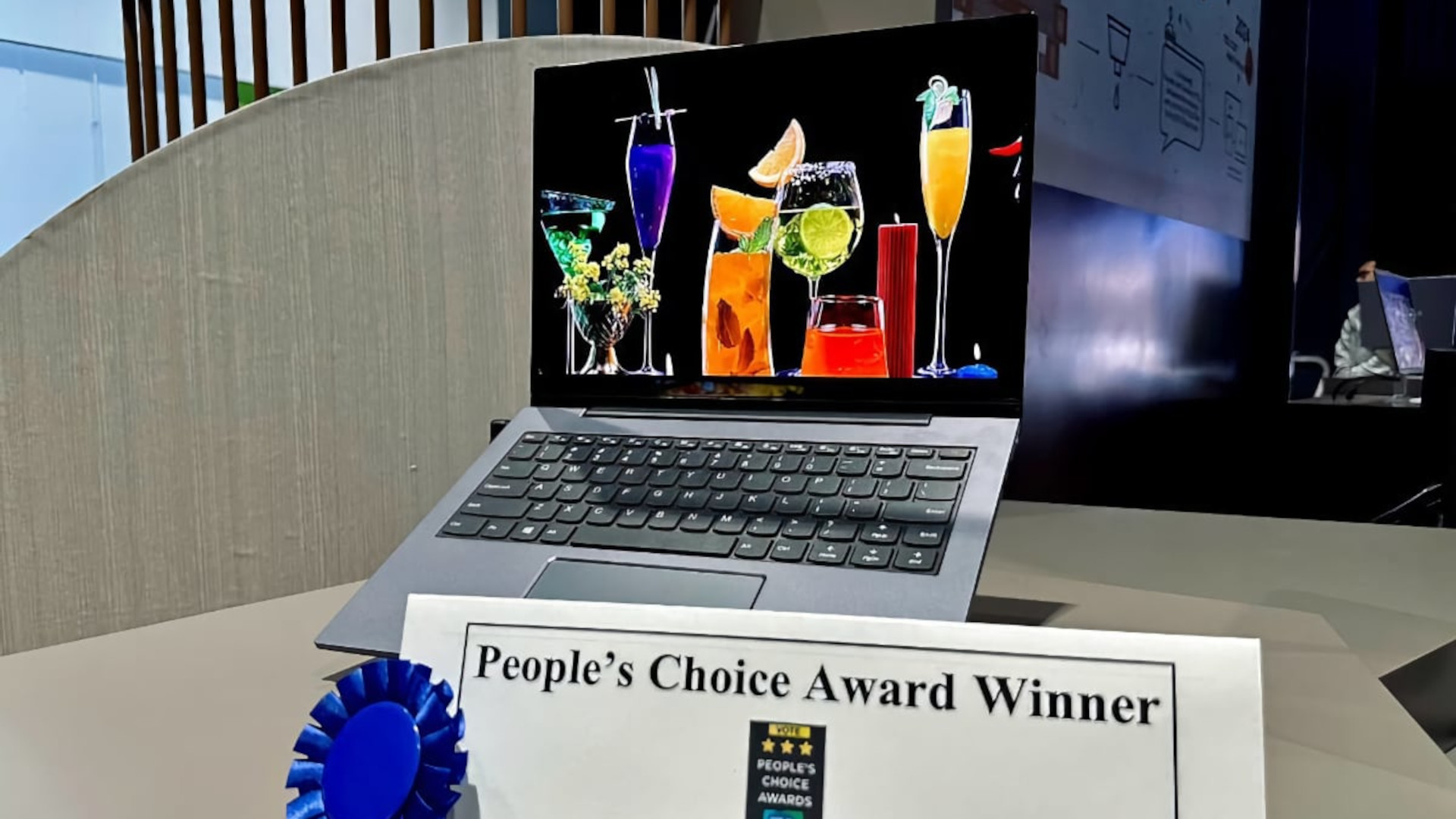
Unless you're a devout display enthusiast, it's unlikely that you attended last week's Display Week, the annual event where the brains behind the biggest and best TVs go to see what's coming next where, this year, NanoLED was the star of the show.
At the event, TCL CSOT and Samsung Display (two of the biggest panel makers in the world) brought their own prototype displays designed with NanoLEDs, which is otherwise known as QD-LED, QDEL, and even QD-EL. Both prototype screens were built utilizing ink-jet printing for significantly lower production costs.
While their specs are still lackluster compared to the best OLED TVs, Samsung’s 18-inch prototype NanoLED screen is the largest we’ve seen of its kind. It uses a 3200x1800 resolution in tandem with 250 nits of brightness. It’s by no means among the best Samsung TVs just yet, but it could one day herald in that new era due to far less costly and much speedier production timelines.
Though they're still early in their development, manufacturers are making it clear that NanoLED screens could pave the way for far improved TVs by 2026.
The future of LCD TV screens

It’s not the first time we’ve seen LCD screens gaining over the best OLED TVs, as Sharp introduced its own QDEL prototype at CES 2024 alongside TCL itself announcing a whole new breakthrough in WHVA panel technology.
Though somewhat confusing, NanoLED and all of its other names refer to the internal technical nature of quantum dots being directly applied with electricity. This has also been referred to as QLED, which is typically used as a stand-in term for most modern LCD TVs, but it is somewhat misinformed.
Confusing as it might be, NanoLED marks a turning point in screen technology, where color and brightness see major improvements against the prevailing powerhouse of OLED screens. The only downside? The blue quantum dots, which has always been a major issue on QLED and assorted quantum dot panels due to its limited lifetime.
Samsung’s 3200x1800 resolution NanoLED prototype may not at first seem all too impressive, given its smaller real estate and mere 250 nits of brightness, but it is thus far the largest QD-LED screen yet at 18.2-inch.
Meanwhile, TCL’s 14-inch NanoLED offering aims to be among the best gaming TVs with a 14-inch 2.8K resolution screen that purportedly covers 85% of the BT.2020 color gamut on a 30-120Hz refresh rate range.
With higher brightness output, those NanoLED displays could be neck-and-neck with once they become available in larger screen sizes. Until then, however, those in breathless anticipation for what NanoLED TVs could bring to the table against the OLED competition will have to wait quite a bit to see the results.
Previous estimates made by the main NanoLED manufacturer, Nanosys (which also provided similar panels to Sharp for its QDEL display), say commercialization of this technology won't come until 2025 or 2026 at the earliest — so, for now, the LG C4 OLED is safe.







